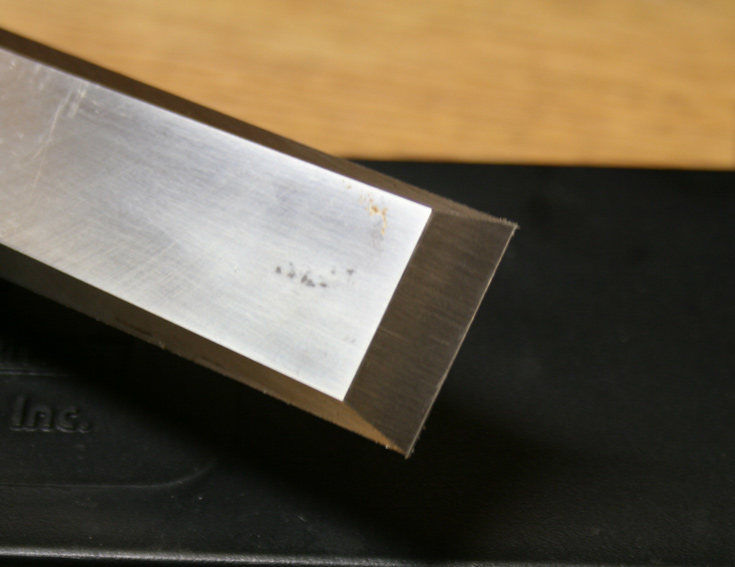pgrbff
Established Member
I have been given a V11 block plane blade. I use mostly Japanese tools so I'm not sure which type of waterstone best for this steel?


Diamond I have Atoma 400, naniwa diamond 800 and 6000. I also have an old coarse (black) DMT but it isn't very flat.
I then have a mix of nano-hone, chosera, hibiki and one Cerax . I have some King stones but I assume they will be too soft?
I also have 60 silicon carbide powder and kanaban.
Diamond I have Atoma 400, naniwa diamond 800 and 6000. I also have an old coarse (black) DMT but it isn't very flat.
I then have a mix of nano-hone, chosera, hibiki and one Cerax . I have some King stones but I assume they will be too soft?
I also have 60 silicon carbide powder and kanaban.
Older ones often laminated and hard. Never had one which I'd call "soft"In my view, the value of thin plane blades, such as those from Stanley or Record, lies with the ease of sharpening, since the steel is thin, and often soft.
Beefed up by the whole blade unit; blade, cap iron, lever cap, frog.These are beefed up by a chipbreaker.
Designed? I always think of them as just a speculative excursion into retro design with "new" steel as another marketing gimmick.Premium plane blades from LN, in their case A2 steel, and in the case at hand, the Veritas PM-V11, were designed for two reasons:
Which is exactly the problem Bailey design solved 100+ years ago.....
The downside of these blades is their thickness.
You mean they can't be sharpened easilyThe steel is abrasion-resistant, and they were never intended to be sharpened like a thin Stanley plane blade.
Designed? I always think of them as just a speculative excursion into retro design.
David, I don't doubt that you are correct. A2 does not warp, as O1 or W1 will during the heating/cooling process. However, A2 was always touted as a more durable steel, which it is. I think the latter was likely a lucky "accident", but an important one.I think A2 was probably chosen for a different reason - ease in heat treating. the touting of edge life is a nice story, but the condition of the edge in the extra 25% over good O1 is somewhat intolerable.
Me too but with oil stones. You don't have to flatten them you just have to spread the work over the whole surface. Having a hollowish one is handy for cambering plane irons. I hadn't quite realised that until the one time actually flattened a stone and found it wasn't so useful. Never bothered since....... I like not having to flatten my stones.
Very likely!Are we saying that a sharpening stone for a plane is different from that needed to sharpen a chiesel?
I've never had any problems with diamond stones, it's sharp enough for me, 3 grits and followed by a strop, not really interested in trying oil or water stones but am sure they'll do the job, I like not having to flatten my stones.
Enter your email address to join: